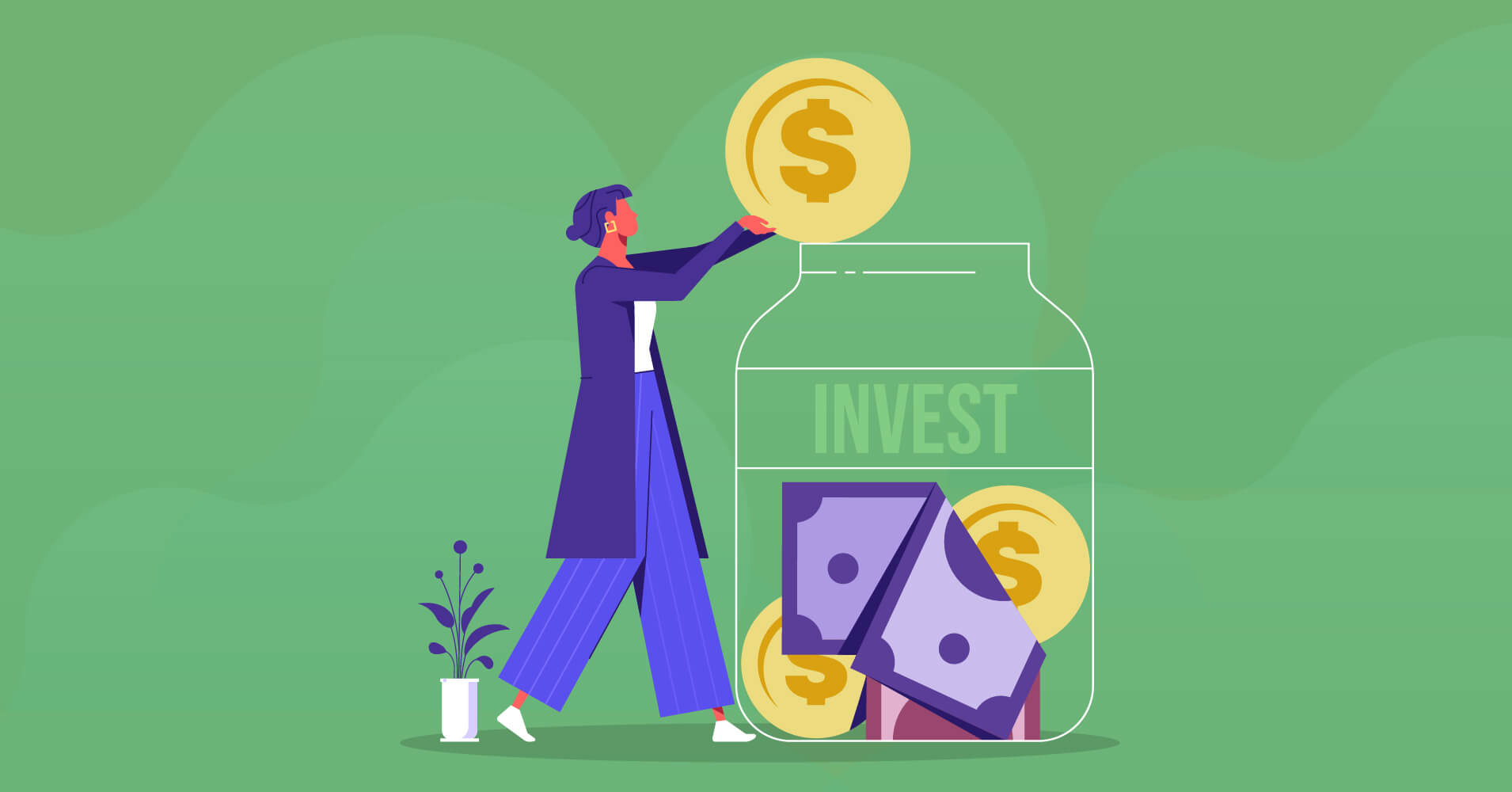
What is Customer Acquisition Cost and Why it Matters?
Customer acquisition cost or CAC is a business metric similar to churn rate and customer support costs. It signifies the cost a business incurs to gain new customers. Depending on the industry, almost every business has an ideal CAC. Keeping this cost at a minimum is essential for a business to extend its profit margins.
So, calculating the cost of customer acquisition is key to assessing the investment you’ve made and the returns you can expect from them. It also lets you reevaluate which channel is performing well and is worth the investment.
In this article, we’ll be looking at what customer acquisition cost is, how to calculate it, and ways you can minimize this cost. Along with that, we’ll expand on customer lifetime value, how it affects CAC, and more.
What is customer acquisition cost?
The customer acquisition process is how new customers start doing business with you. The process has many steps and methods that are specific to each industry.
The cost of customer acquisition is the price of generating new buying customers. Usually, this includes advertising costs, operations cost for the marketing team, the costs for salespeople, and resources they may need.
Before we go further, it’s important to remember that CAC doesn’t include operations costs or production costs of your product. This is strictly the money you spend to make new people purchase from you.
That being said, let’s check out how you can calculate the cost of acquisition for your business.
Customer acquisition cost formula
The formula for calculating customer acquisition costs is fairly simple. You need to know the expenses on each method (like ads and content) and the number of fresh customers you got for that cost. Easy right?
So the formula goes like this,
CAC = (Sales cost + Marketing cost) / No. of new customers
Here the cost of marketing and sales is too broad to approach as a gross total. Due to this, we’ll elaborate on the expenses that you should include in this formula for the best estimates.
Ad Spend
Advertising is the most straightforward factor on this list. This includes the money you spend on adverts. Regardless of the channel you use, this cost is a fixed part of almost every acquisition strategy. The number of customers an ad brings in dictates how successful the ad is. The more people an ad brings in, the lesser the CAC for that ad.
Employee Salaries
This includes the salary for your marketing and sales team. These teams are directly responsible for converting leads into customers. On a fixed salary scale, the more people a team converts, the lesser the acquisition cost is.
Creative and Technical Costs
Creative costs usually mean resources and tools you provide to the teams to make their work more effective and add creativity. Creative costs are usually more difficult to pinpoint than the previous ones. However, the principle remains the same. The team that converts the most with the least creative cost usually wins the CAC game.
Publishing Costs
This cost depends largely on the medium you publish on. While you can evaluate the cost fairly easily, the conversion from this type of channel is hard to measure (especially for hard copies, i.e., newspapers and magazines).
Production Costs
Creating content incurs its own production cost. For instance, for content marketing, you need a website. For video content, it’s a camera and other equipment, not to mention facilities costs and so on.
The costs that we’ve mentioned should be included in your calculations to get the most accurate estimations.
Customer acquisition cost by channels
No matter what industry you’re operating in, there is an ideal limit for your CAC. Now that is a very broad look at these estimates. To keep things simple, we’ll consider businesses that rely on digital channels for acquisition.
SEO
Ideally, SEO is one of the most reliable channels for customer acquisition. Mostly due to the fact that SEO helps you target the highest potential leads. The second perk of SEO is that its conversions are usually solid. The drawback is you need to think of a long-term game for this to work. SEO takes a lot of time to get the results.
For an all-encompassing SEO strategy, you’ll have to invest in SEO specialists, content creators, market researchers, etc. As for costs, you should expect to spend anywhere between $4K to $10K. This will vary depending on the sub-channels you employ and the human resource you assign.
Content
Content marketing, although it is dependent on SEO by a large part, it’s still a separable cost that falls outside the strictly SEO-based expenses. Content isn’t just the stuff that you create to rank on Google. Content comes in all forms and sizes, and that’s the beauty of it.
While SEO gets your website/content on SERPs, content gets you noticed on social media and sharing platforms. Although one tends to feed the other’s growth, they are not the same thing. For content, you need to invest in great content creators, distributors, researchers, and managers. Along with these, there’s the cost of producing the content, which means resources and tools. On average, you should expect to spend anywhere between $6K to $12K for your content marketing cost.
Email is by far the best among these channels due to its ridiculously high return on investment (ROI). Moreover, it’s one of the most effective methods because it lets you customize for each lead, gives the leads a clear choice, and is generally very inexpensive.
For email marketing, you’ll spend roughly between $4K to $50k. However, this is excluding the salary of an experienced email marketer. Still, the costs largely depend on the scale you are planning for. For instance, you can send upto 60,000 emails for free from email providers like Amazon. This reduces the cost significantly for email marketing, resulting in a 4200% ROI.
PPC
Pay-per-click or PPC are paid digital adverts that you can get from a number of platforms. Aside from Google Ads, you can utilize specific PPC campaigns on Amazon, Facebook, Youtube, and even blog networks.
PPC is by far the most expensive in terms of costs on this list. While it offers very good targeting, success is not guaranteed. For an average business, PPC ad costs can go between, $4K to $10K.
Telemarketing
Lastly, we’ve got telemarketing, the most favored method of the 2000s and early 2010s. Telemarketing is a cost-friendly way for some specific businesses. Not all businesses can cash in on this method.
The best thing about telemarketing is you have a choice on how to do it. You can build a whole in-house team for your company or you can outsource to telemarketing providers that give you moderately reliable results. Either way, you should prepare to spend between, $1K and $5K.
Why calculate customer acquisition cost?
Let’s imagine an example. Say you’ve launched 3 email campaigns for a seasonal push sale on your best products. Each campaign has a unique cost based on content and degree of personalization. We’ll keep the email provider and a number of emails the same for the sake of this example (also it’s more practical in a real-world scenario).
Let’s say the costs are
- Email campaign I: $600
- Email campaign II: $1500
- Email campaign III:$900
If the resulting acquisition is 300 from each campaign we get CAC,
- Email campaign I: $600/300 = $2
- Email campaign II: $1500/300 = $5
- Email campaign III: $900/300 = $3
So the best performing campaign in this example is the campaign I due to having the lowest CAC value. Now, these figures can help you make real-world decisions such as,
- Scratching campaigns with higher CAC
- Redeploying campaign with lowest CAC
- Evaluate the reason for lower CAC
- Improve efficiency to lower CAC further
The LTV/CAC ratio
LTV or Customer lifetime value is an independent metric that signifies the total revenue a customer is expected to generate throughout their time with your business. The ratio of LTV and CAC signifies the status of your acquisition process and whether it needs change.
Usually, a low LTV/CAC ratio like 5:1 or less means you are not spending the ideal amount needed while the customers are paying you more than you spent on acquiring them. This might mean you’re business is underperforming in terms of making new customers.
In contrast, a higher LTV/CAC ratio of 2:1 or 1:1 means you are spending almost as much acquiring a customer as they are spending with your business. Usually, this requires an approach that lowers the CAC to balance out the ratio.
An ideal ratio for a business is 3:1, where a customer is spending 3x more than what you’re spending to acquire them.
So if you find yourself in that scenario what can you do?
Reducing ecommerce customer acquisition cost
To reduce CAC most businesses can employ the following. Keep in mind the changes you make will only be as effective as you’re initial investment lets them.
Implementing automation
Using marketing automation can significantly reduce the amount you have to spend on your marketing team. Things you can look to automate include emails, social media posts, research processes, etc.
Automating these repetitive tasks lets you spend less on entry-level positions and more on experienced decision-makers. At the end of the day, this reduces the overall cost and in turn the CAC for your whole team.
Improving retention rates
If your business is able to retain a large portion of the customers you acquire, new acquisition becomes less of a priority. As we’ve mentioned when talking about customer retention strategies, the better you retain current customers the less you can focus on making new ones.
To improve retention rates you should invest in your service and sales team. Especially in your help desk software. Automations also help this process by making support smoother and more efficient. Reduced wait times, smooth interactions, and a reliable product all improve retention rates. This lets you ease the grip on the CAC because you can do with fewer investments in acquisition.
Refocusing investments
Lastly, you can try to evaluate the individual CAC for each channel and refocus the money elsewhere. If your email campaigns are doing well while your contents aren’t, maybe it’s time to funnel the content marketing budget to expand the email volumes you using.
Similarly, if your social ads are performing better in terms of CAC than your web ads, spending more on social channels is going to bring better results, albeit keeping the total cost for your business constant.
Wrapping Up
So that’s everything you need to know about customer acquisition costs and the impact it has on your business. For the best results, you should try to assess customer acquisition costs over a year at least to get the most reliable data to work with.
Once you have those numbers and have calculated the costs, you should try to return this value in less time than your fiscal year. Only in that case will your CAC calculation bring real value. The other things to consider are customers’ lifetime value and payback period.
The time it takes for you to recover the CAC is also a very important metric that defines the true reliability of your CAC calculations. Hope this helps sort out CAC for you.
Until next time, happy serving!
Start off with a powerful ticketing system that delivers smooth collaboration right out of the box.






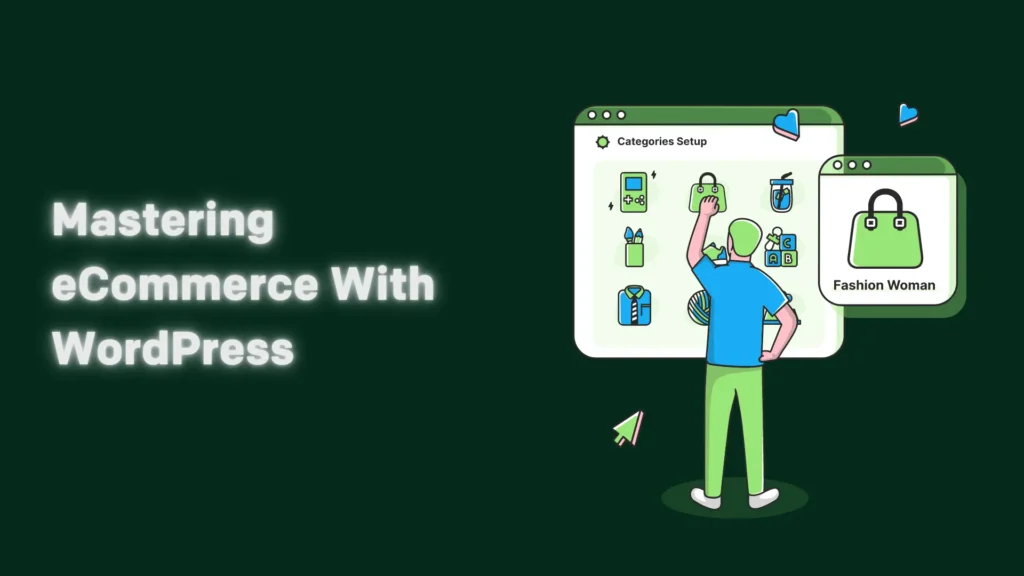

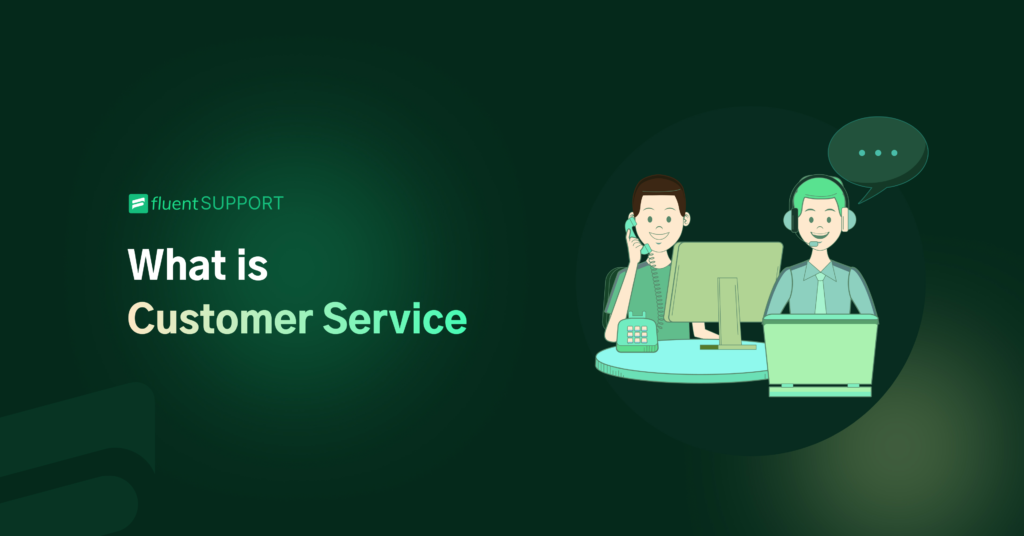
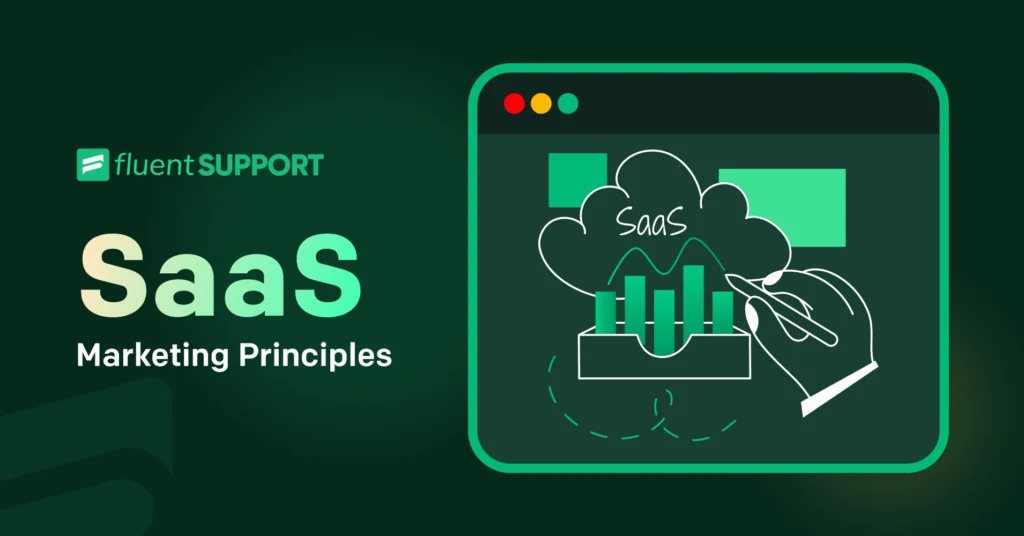

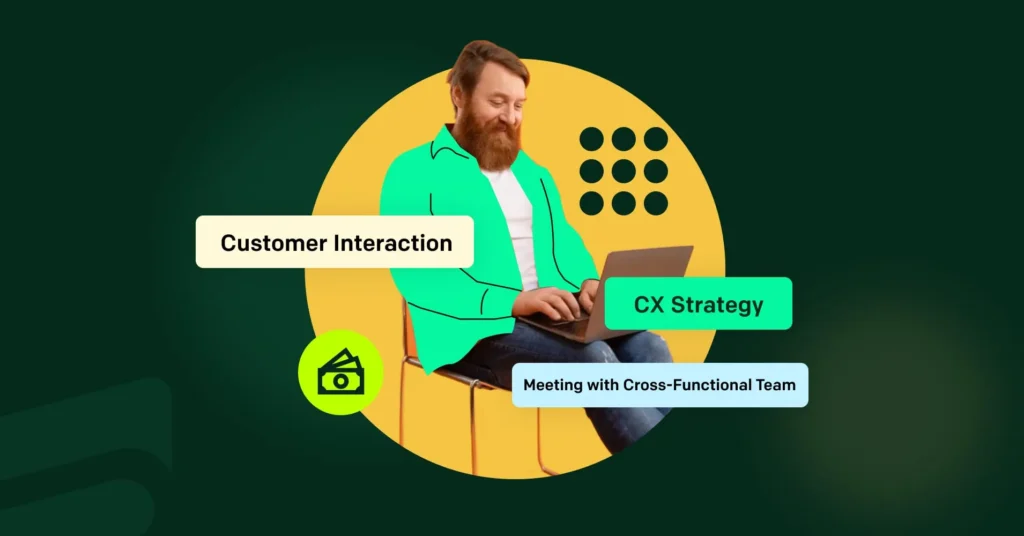
Leave a Reply